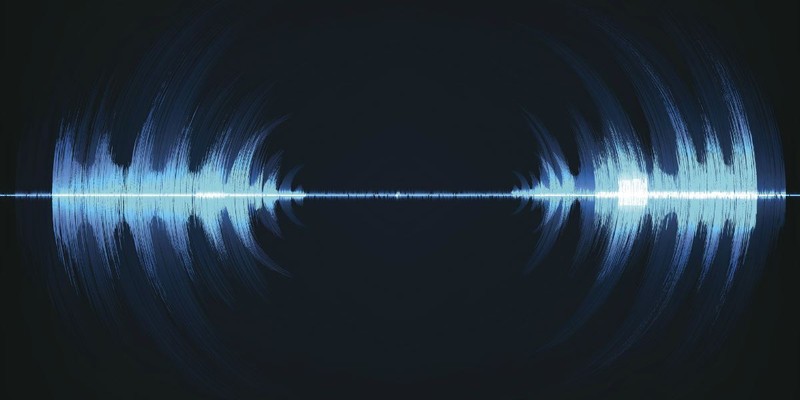

If the interfaces are similar, the spike will be short. If the interfaces are very different, the echo will be of higher amplitude resulting in a taller spike. The first is the properties of the two tissues at an interface. The strength of the echo depends on several factors.
#Soundwaves org series
Echoes that return to the transducer are converted into a series of spikes with height proportional to the strength of the echo. In A-scan, a single sound beam is sent from the transducer. The tear film is an adequate agent for acoustic transmission, thus absolving the need for ultrasound coupling jelly. Opacity Obscuring Visualization of Posterior EyeĬhoroidal lesions: melanoma, metastases, hemangiomaĬhoroidal detachment (serous or hemorrhagic)Ĭhoroiditis: visualize chorioretinal layer thicknessĪ-scan, or amplitude scan, is one method used for ocular assessment via ultrasound. Disadvantages include a high level of inter-operator variability, which does not plague other forms of imaging including optical coherence tomography, CT, and MRI. Finally, ultrasound is safe, does not expose the patient to radiation, is widely accessible, and is low cost. Second, real time information is available to the practitioner regarding conditions such as retinal detachment. The benefits of ultrasound include improved visualization of structures obscured by opaque substances, such as dense cataracts or vitreous hemorrhage. In this population, the use of ocular ultrasonography may result in earlier detection of ocular melanoma. Ultrasonography is especially useful in cases in which the fundus is obscured from visualization by slit lamp and laser interferometry (IOL Master), as in patients with dense cataracts. Other uses include the measurement of tumors including choroidal melanomas, visualization of lens dislocation, and detection of retinal detachment. The most prevalent use of ocular ultrasonography is to obtain globe length in order to calculate corrective intraocular lens power requirements. The data collected by the transducer produces a corresponding image. In B-scan, or brightness amplitude scan, sound waves are generated at 10 MHz. In A-scan, or time-amplitude scan, sound waves are generated at 8 MHz and converted into spikes that correspond with tissue interface zones. There are two main types of ultrasound used in ophthalmologic practice currently, A-Scan and B-scan. Shadowing can occur distal to a very dense lesion, resulting in an anechoic region. Sound waves that return to the transducer are called echoes, and ultrasound imaging zones can be hyperechoic, hypoechoic, or anechoic. Some sound is absorbed by tissue as well. When sound waves travel between tissue interfaces with different acoustic impedance, or densities, they can either scatter, reflect, or refract. For instance, sound waves have higher velocity when traveling through solids than through liquids. Ultrasound waves, like other waves, have predictive behaviors based on properties of the medium they travel through. In contrast, lower frequency waves penetrate more deeply but have worse resolution. Higher frequency waves penetrate less into tissue but have better resolution. Ultrasound b-scan exam being performed on a patient.


 0 kommentar(er)
0 kommentar(er)
